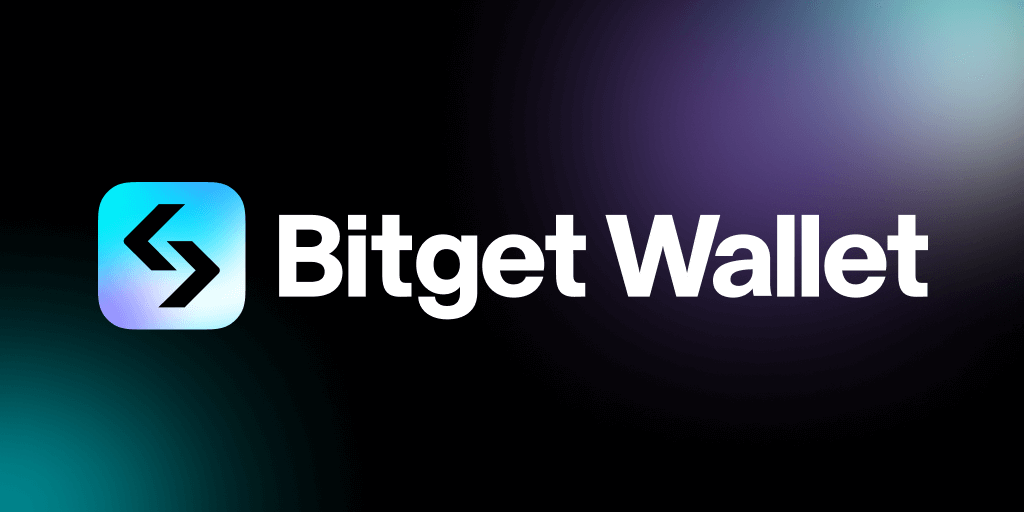Ever get that feeling something’s changing in crypto, but you can’t quite put your finger on it? Whoa! I mean, yeah, DeFi exploded, NFTs got wild, but lately, futures trading and cross-chain swaps have been creeping into conversations more than ever. Seriously? Yeah—because these tools aren’t just buzzwords anymore; they’re reshaping how traders and everyday users engage with multiple blockchains. I was noodling over this last week, thinking about how a single platform could really bring it all together without making things a total headache.
Something felt off about the usual wallets and exchanges. Most are siloed, right? You trade on one chain, then jump to another app for swaps, and god forbid you want to mirror a pro trader’s moves. It’s fragmented, and honestly, that’s a big barrier for folks wanting to go beyond simple spot trades.
Initially, I thought integrating futures and cross-chain swaps in one place would just be a pipe dream. Too complex, too risky, and too many moving parts. But then I stumbled on some platforms that actually nail it—like the bitget wallet, for example. It’s impressive how they’ve woven futures trading, cross-chain swaps, and copy trading into one seamless experience. Okay, so check this out—
Futures trading isn’t new, but its adoption in DeFi is still kind of niche. The thrill of leverage and hedging sounds great on paper, but the complexity scares a lot of people away. And yet, the demand keeps growing, especially among more serious traders. The real challenge? Making it accessible and safe. The way bitget wallet handles it—by simplifying order types and integrating risk management tools right in the wallet—is a game changer. I’m biased, but having everything in one place reduces friction, which is very very important in trading.
Now, I’ll admit, cross-chain swaps used to confuse the heck out of me. I mean, swapping tokens across blockchains always felt like juggling flaming swords. But with the rise of bridges and interoperability protocols, it’s becoming more reliable. Though actually, even the best bridges have their quirks and risks (hello, impermanent loss and rug pulls). What’s cool is that some wallets now bundle cross-chain swaps with futures and copy trading functionalities, so you’re not hopping between apps or wallets. It’s like a Swiss Army knife for crypto.

Here’s what bugs me about most crypto wallets: they’re either too basic or too complicated. The bitget wallet strikes a balance by empowering users to swap assets across chains, trade futures with leverage, and even copy top traders—all from one interface. This is huge for multi-chain DeFi users who want to stay nimble without juggling a dozen apps. Plus, its UI is surprisingly intuitive for the advanced features it packs in.
Copy trading? Yeah, that’s another beast. At first, I thought it was just a gimmick, like social media for finance with people blindly following others. But then I realized—it’s more nuanced. Copy trading offers a way to learn and grow without risking everything on trial and error. The bitget wallet’s approach lets you pick verified traders, see their stats transparently, and even adjust your risk parameters. It’s like having a coach in your pocket.
There’s a real psychological edge here. For many, futures trading and cross-chain swaps can be intimidating, but when you combine that with copy trading, the barriers lower. You don’t have to be a market wizard to get started. Hmm… I guess that’s why these integrated platforms are gaining traction in the US market, where users want sophistication without steep learning curves.
On one hand, this all sounds fantastic, but on the other hand, I’m cautious. Centralizing these features into one wallet raises questions about security and custody. If you’re handling futures positions, cross-chain liquidity, and mirroring trades, the attack surface grows. Actually, wait—let me rephrase that. While integration improves usability, it demands airtight security practices and transparent protocols. Luckily, some wallets, like bitget wallet, emphasize multi-layered security and non-custodial options to keep users in control.
So, what’s the takeaway here? For multi-chain DeFi enthusiasts, having futures trading, cross-chain swaps, and copy trading in one place isn’t just convenient; it’s transformative. It lowers the barrier to entry, consolidates risk management, and fosters learning through social proof. And yeah, it’s not perfect—there are still risks and nuances to consider—but the momentum is undeniable.
Oh, and by the way, if you’re curious to try a wallet that’s been balancing these features well, the bitget wallet is definitely worth a look. I’ve been poking around it myself, and it ticks a lot of boxes for serious and casual traders alike.
In the end, futures trading, cross-chain swaps, and copy trading are converging into a new frontier for DeFi users. This isn’t just about flashy features; it’s about crafting a more accessible, efficient, and connected crypto experience. And honestly, that’s exciting to see unfold—especially from a US perspective where regulatory clarity and user demand are pushing innovation.
So yeah, I started this thinking the future of crypto wallets was fragmented, but now I’m pretty stoked about the possibilities. Of course, I’m still learning and watching how these tools evolve, but for now, having a unified wallet that supports these advanced features feels like a glimpse of where crypto is headed next.
